Many individuals and families are considering whether or not to go gluten free? For some, the decision is the result of a serious gluten-related illness, such as celiac disease, Crohn’s disease, inflammatory bowel disease, etc. For others, it’s yet another attempt to uncover the reasons for unusual, unexplained symptoms that seem to persist despite healthy lifestyle changes.
Whatever the reason you’ve decided (or may be considering) to make the transition to a gluten-free lifestyle, the tips below are provided to help and support you in your newfound journey – from someone who knows just how overwhelming the prospect of eliminating gluten (and grains) can be.
So as you start down the GF path with the hope of transforming your health, let me encourage you that every journey starts with small steps forward, and it’s those slow, steady steps that lead to positive changes that last a lifetime!
Tips for Successfully Transitioning to a GF Lifestyle:
1. Do your homework – If you don’t have a few specific reasons and goals for going GF, then it will be much harder to maintain this restrictive lifestyle for the long-haul. So take time to do your own research on the GF diet, seek the advice of a trusted healthcare practitioner and set some goals to track and measure your progress.
2. GF Kitchen Makeover – It’s not always do-able to completely rid your kitchen of all gluten (and grains, if you’re grain-free), if your family is not going GF too. So do what is best for you and your family. Since I’m the only one in my home that’s GF, I’ve dedicated one shelf in the pantry and fridge for my family to keep their gluten-laced stash. Of course, the more you can rid your home of gluten the better for the sake of keeping temptations at bay and reducing the risk of cross-contamination.
3. Stock up on GF foods you already love – Fresh veggies, fruits, nuts, seeds, beans, meat, fish, poultry and eggs are not only naturally gluten-free, they are REAL whole foods chock-full of great nutrition. So focus on stocking up on these foods! In addition, be sure to also have plenty of healthy fats on hand, such as butter, coconut oil, olive oil, seeds, and nuts. By focusing on whole, unprocessed naturally gluten-free foods, you’ll jumpstart the process for healing your gut and increasing your health and energy levels.
4. Put your apron on – The more you cook at home, the healthier you’ll eat, the more money you’ll save and the less likely your chances for being “glutened” – an infamous expression that describes the horrible discovery that you’ve become ill because you’ve inadvertently ingested some hidden gluten. Ugh! Yet, it’s important not to become a hermit either, so see “Be Prepared” below for tips on how to venture out safely.
5. Embrace meal planning – No matter what diet you follow, there is nothing more helpful than meal planning! That’s because it helps to save time, money and stress in the kitchen. And it’s the key to helping individuals stay on track with their healthy eating goals. You will not only find lots of great meal planning resources here, but I also provide free monthly meal plans over at The Better Mom blog. Each week’s meal plan contains delicious family-friendly GF recipes utilizing a time-saving method to make getting a healthy dinner on the table a snap! I highly recommend you pop over to The Better Mom and download these free meal plans.
6. Get inspired – There are so many delicious GF recipes out there, all you need is a little bit of inspiration and you’ll be amazed at how quickly you will learn and expand your GF culinary horizons. You can always find inspiration via the recipes here at The Nourishing Home, as well as at other helpful GF blogs.
7. Be prepared – When it comes to eating away from home, the boy scouts have it right – “Always be prepared!” Just a few simple ways to do this are to keep snacks on hand, so no matter what the situation, you have a quick, healthy snack. If you’re attending a dinner party, church fellowship or other food-related event, you may want to eat beforehand just incase there’s nothing there that you can safely eat. Or in the case of dinner at a friend’s or family member’s home, ask if you can bring a dish or simply explain your dietary restrictions. Thankfully, most people are very happy to help accommodate. And when it comes to restaurants, it’s better to put a little time into researching a few trusted restaurants in advance, than to arrive only to find there aren’t many (or any) viable options.
8. Read Labels – Unless you are planning to make every single food you eat from scratch, one of the most important things you can do, as someone who must avoid gluten, is to get savvy with reading food labels. It may seem overwhelming at first, but there are so many hidden sources of gluten out there, it’s vital to know how to identify gluten-based ingredients.
9. Give Yourself Grace – It takes time to learn a whole new dietary lifestyle, you’re going to make mistakes and have a few hiccups along the journey. That’s normal and to be expected. The key is to not give up, but instead stay focused on your goals and keep making forward progress.
10. Get Support – It’s not easy to be gluten-free, especially if you’re flying solo. So getting connected with other gluten-free friends in your community or online can really be a source of encouragement. Having others to share questions and learn from is so helpful in staying motivated and inspired. Many of the major GF organizations have listings for local support networks, and offer online support forums.
And the best tip of all is to of course, seek the Lord and trust in Him. God promises that when we seek Him first, He will take care of us. He may not always take away the thorn in our flesh, but He is faithful to give us His grace and strength daily to live for His glory and the furtherance of His Kingdom! (Matthew 6:33)
Joyfully Serving HIM, Kelly
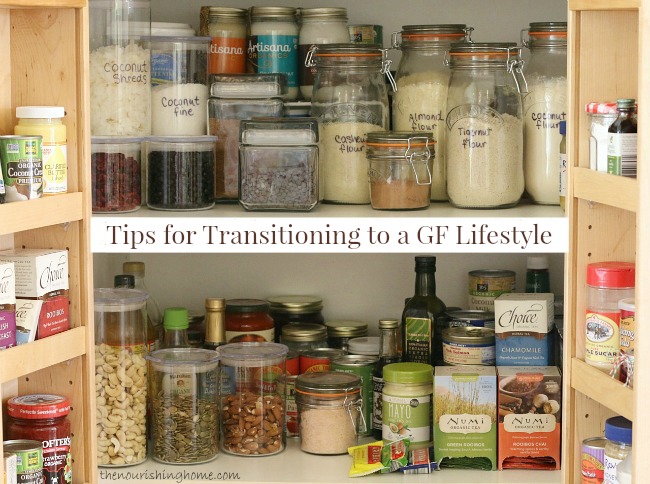
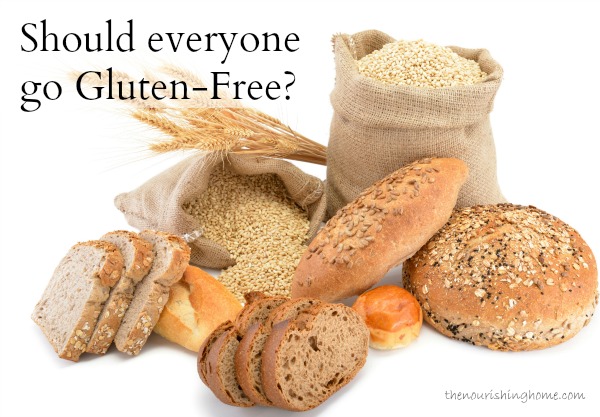
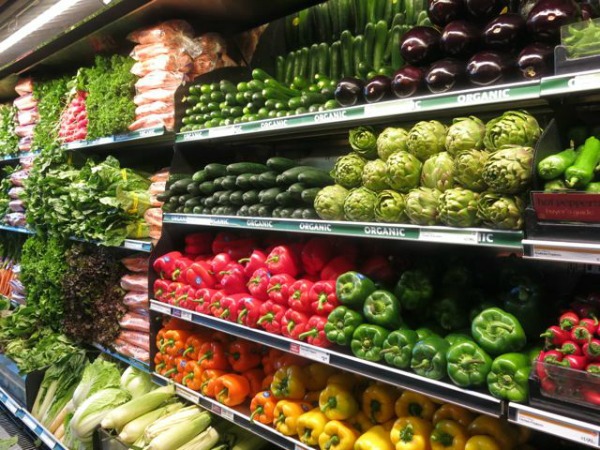
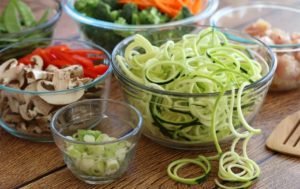 So it really shouldn’t be a big surprise to see the skyrocketing disease and illness prevalent today. Just as one example, Type 2 diabetes in children was relatively unheard of just 50 years ago, but it is now considered one of the
So it really shouldn’t be a big surprise to see the skyrocketing disease and illness prevalent today. Just as one example, Type 2 diabetes in children was relatively unheard of just 50 years ago, but it is now considered one of the 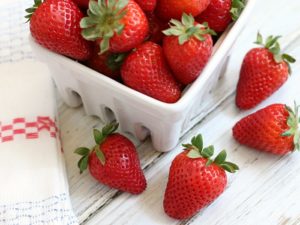 In a nutshell, Real Food is:
In a nutshell, Real Food is: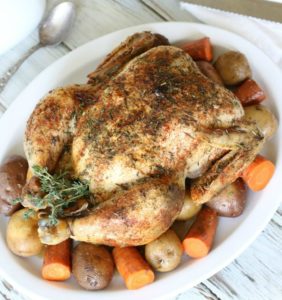 Real Food Dietary Guidelines:
Real Food Dietary Guidelines: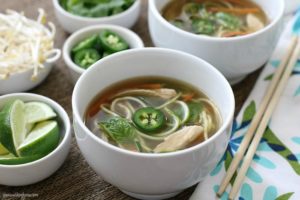 • Prepare
• Prepare 